Lightning Talk
Consciousness, Part 1
frdnd, 18/03/29
Disclaimer & Sources
- I didn't study the subject
- Books
- Conversations on Consciousness, Blackmore
- Consciousness an Introduction, Blackmore*
- Consciousness explained, Dennett*
- Consciousness Theories in Neuroscience and Philosophy of Mind, Cavanna*
- Consciousness from Perception to Reflection in the History of Philosophy, Heinämaa*
- Brain, Mind and Consciousness in the History of Neuroscience, Smith*
- Standord encyclopedia of Philosophy - Consciousness
- this talk is almost entirely largely based on it
Motivation
Culture
- Robots with consciousness are a popular theme in culture
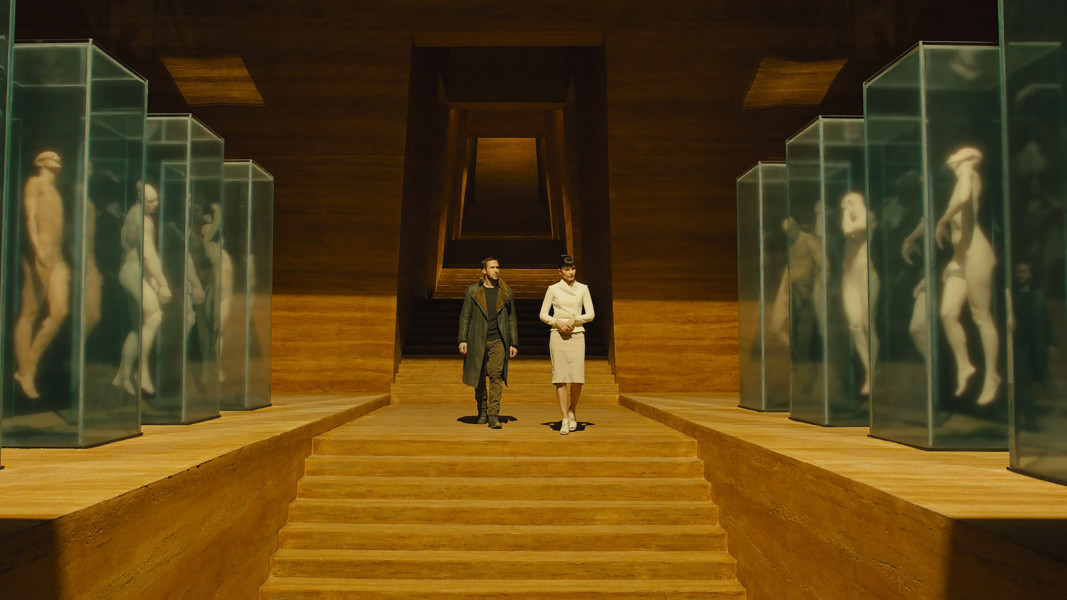

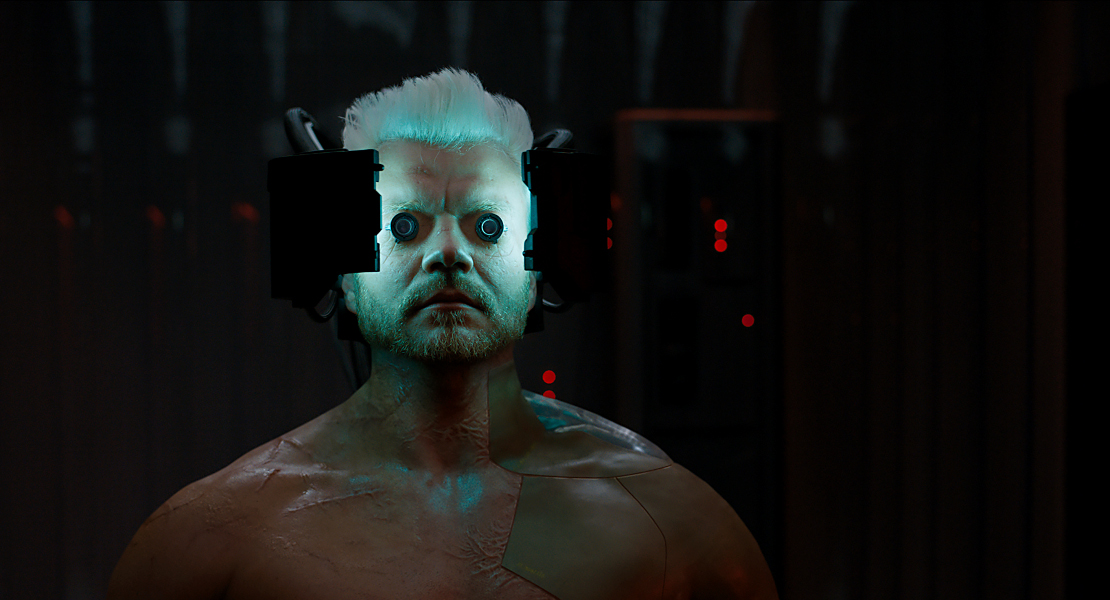
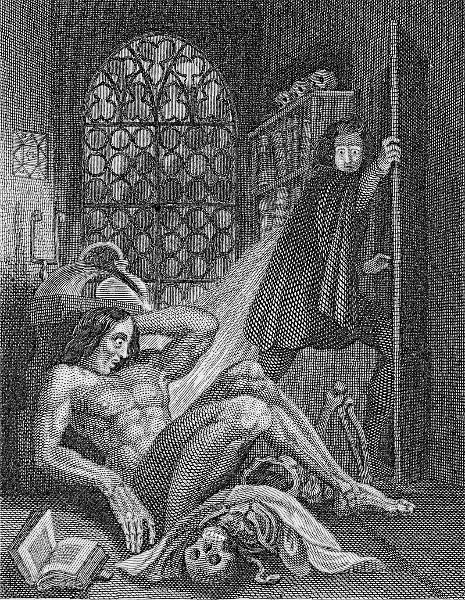
Are they really conscious or are they braindead zombies that act only as if they are conscious?
Science & Technology
- consciousness is often a topic in science magazines or other articles
- focused on specific topics or technical aspects
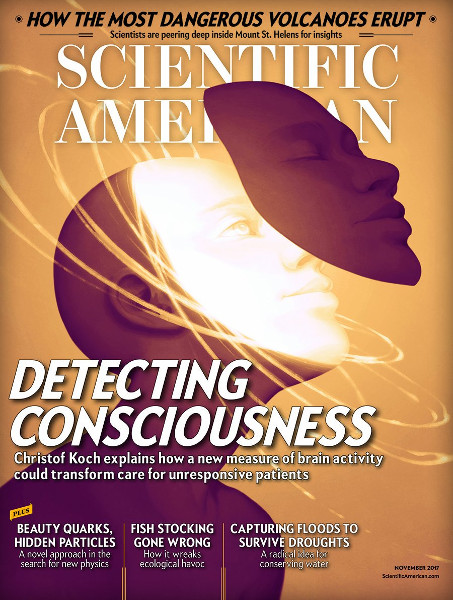
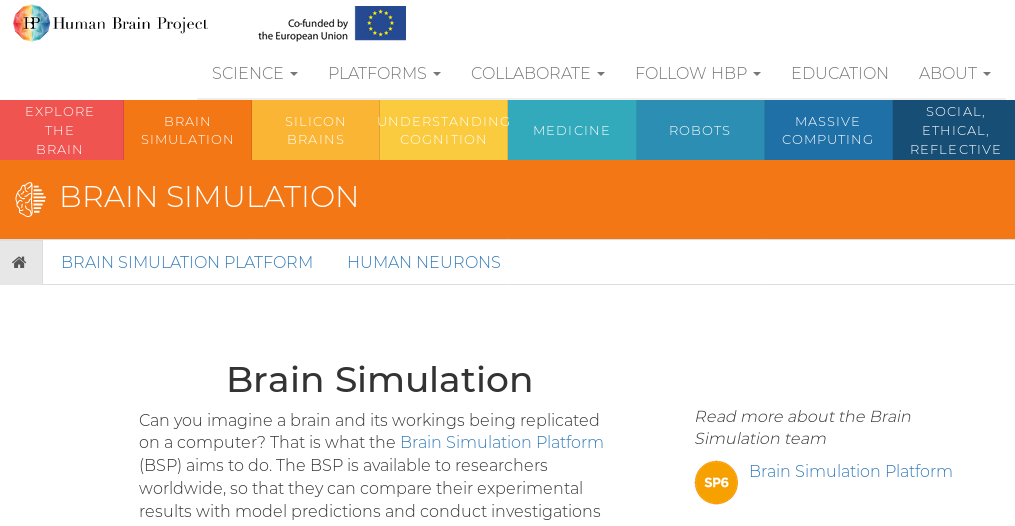
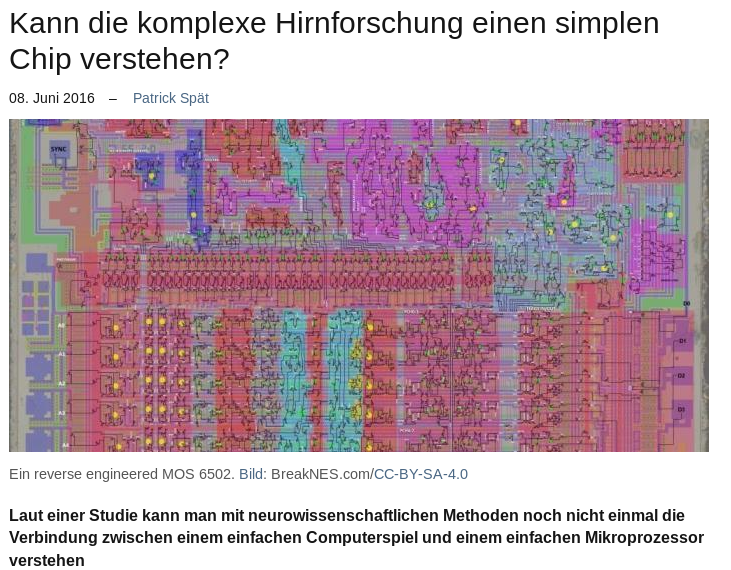
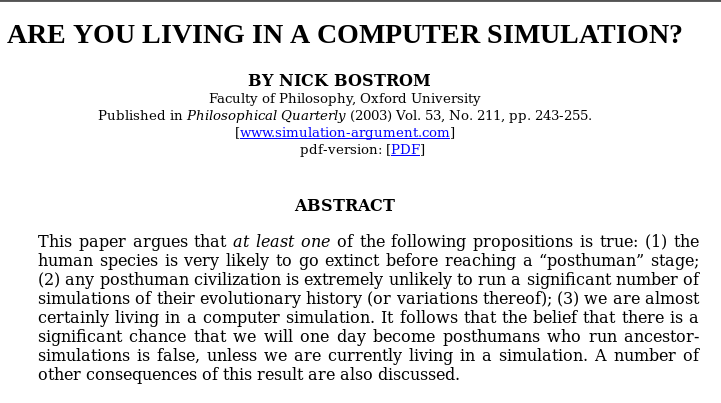
3 Fundamental questions
We all have consciousness but we don't know
What are it's features ?
How can consciousness exist?
Why does consciousness exist?
tl;dr;
"Bewußtsein, der allgemeine Ausdruck für die Thatsache, daß irgend etwas irgend jemand bewußt ist", [Brockhaus 1892]
History
for detailed account see Heinämaa
Descartes (1640)
"By the word 'thought' I Understand all that of which we are conscious as operating in us."
Mind and brain are two different substances
Mind is non-physical and non-extended (takes no space and has no position)
both interact in pineal gland
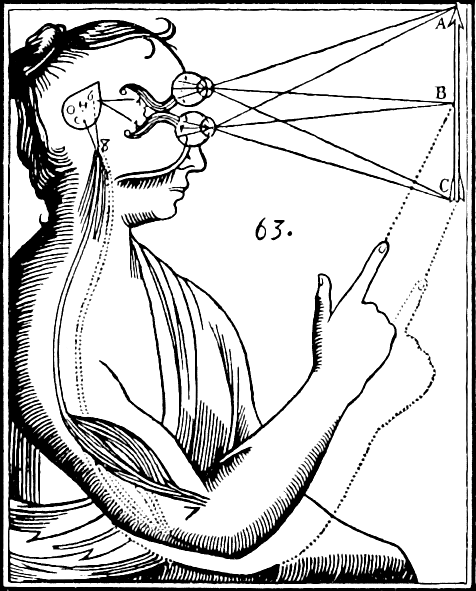
Leibnitz (1686)
Infinitely many degrees of consciousness, the so called petites perceptions
Distinguishes between awareness and self-awareness, unconscious thought
Leibnitz gap
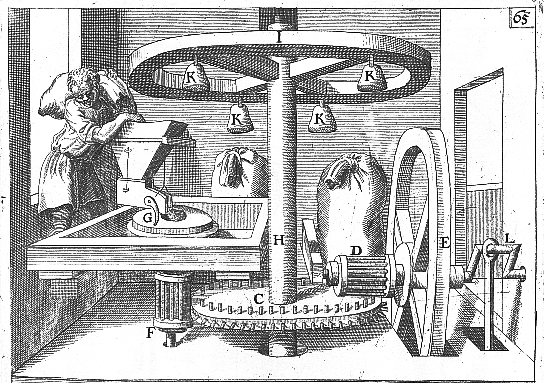
- John Locke/David Hume(1739)/James Mill(1829) aim to discover the principles by which conscious thoughts or ideas interact or affect each other
Early 20th century eclipse of consciousness from scientific psychology with the rise of behaviorism (Watson 1924, Skinner 1953)
Gestalt psychology (Köhler 1929, Köffka 1935) still kept consciousness as a ongoing scientific concern
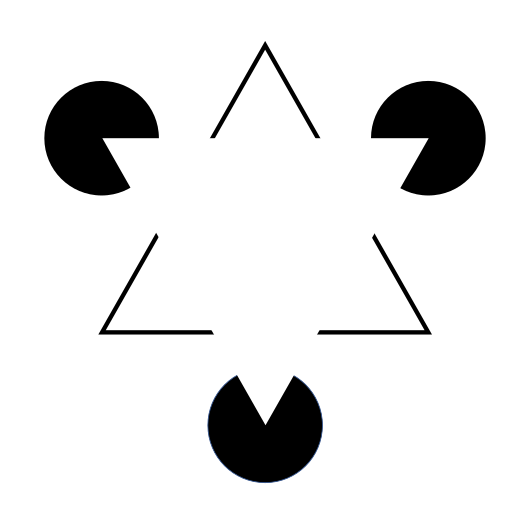

cognitive psychology since the 1960s focuses on information processing and modeling of internal mental processes (Neisser 1965, Gardiner 1985)
since the 1980s/90s major resurgence of scientific and philosophical research (Baars, Dennet, Penrose, Chalmers)
Concepts of Consciousness
Creature Consciousness
an animal/person/cognitive system may be regarded as conscious in a number of different senses
Sentience
- sensing and responding to the world - what sort of senses? Fish/shrimp/bees/trees, which are conscious?
Wakefulness
- exercising the capacity of consciousness actively, not only having the ability to do so. Organisms would not count as conscious when being asleep or in coma - is someone conscious when dreaming?
Self-consciousness
- creatures should not only be aware, but be aware that they are aware. Many non-human animals and young children would fail to qualify as conscious
Creature Consciousness
an animal/person/cognitive system may be regarded as conscious in a number of different senses
Qualia
- captures the subjective notion of consciousness. A being is conscious if there is "something that it is like" to be that creature - what it is to be a bat? what it is to be a stone? (considerable disagreement about the nature of such qualia and their existence)
- Subject of conscious state
- define first what makes a mental state a conscious state, then define a conscious creature in terms of having such states
State Consciousness
States one is aware of
a conscious mental state is a mental state one is aware of being in, this involves a form of meta-mentality
unconscious state/thoughts/desires are those we have without being aware of having them
- when does this meta-mental consciousness emerge? It allegedly occurs too late to be the cause of the relevant actions rather than their result (self-awareness as psychological after-effect)
Qualitative States
- only those state who have or involve qualitative or experiential properties of "qualia" or "raw sensory feels" e.g. the "redness" of a strawberry. The "qualia" are intrinsic, private features of experience and not restricted to sensory states.
State Consciousness
Phenomenal states
- involves qualia, spatial, tempora, conceptual organization of our experience of the world and ourselves as agents in it
Access consciousness
a state being conscious is a matter of its availability to interact with other states and of the access that one has to its content.
- e.g. a visual state is conscious not because a qualitative "what-it-is-likeness", but of whether or not it and the visual information it carries is generally available for use and guidance by the organism
State Consciousness
Narrative consciousness
existence of a "stream on consciousness" ongoing more or less serial narrative of episodes from the perspective of an actual or merely virtual self
a person's conscious mental states are those which appear in this stream
Thought Experiment - China brain
Suppose that the whole nation of China was reordered to simulate the workings of a single brain
Each Chinese person acts as a neuron, and communicates by special two-way radio in the corresponding way to the other people
The current mental state of China brain is displayed on satellites that may be seen from anywhere in China
China brain would then be connected via radio to a body, one that provides the sensory inputs and behavioral outputs of China brain.
China brain possesses all the elements of a functional description of mind: sensory inputs, behavioral outputs, and internal mental states causally connected to other mental states. Is this system conscious?
What are it's features?
Sources of data
we have first-person introspective access to our consciousness but to gather the needed evidence, we would be sophisticated self-observers and gather third-person data available to an external observer
discovering the structure of consciousness by introspection requires a rigorous inner-directed stance, which is unlike our everyday form of self awareness
external observers observe functional types of consciousness, but also phenomenal and qualitative consciousness.
- e.g. correlation of neural sites of damage with abnormalities of conscious experience or experiments about acting and event-timing
Qualitative character / Subjectivity
- in case of sensory states this often equated with "raw feels", the redness one experiences when looking at a strawberry
- Where is this redness stored? Is there a possible neural substrate? A reference to a point in color-space?
not only limited to sensory states, all experiential states as e.g. thoughts and desires
if an organism senses and responds in apt ways to its world but lacks such qualia, then it might count as conscious in a loose or less literal sense
Phenomenal structure
- all kinds of order and structure found within the domain of experience, i.e. within the domain of the world as it appears to us
- this includes time, space, cause, body, self and the organized structure of lived reality in all its conceptual and non-conceptual forms
Self-perspectival organization / Unity
conscious experiences do not exist as isolated mental atoms, but as modes or states of a conscious self or subject
- the self is the perspectival point from which the world of objects is present to experience
- not only limited spatial and temporal perspective but also meaning
- unified representation of experience
Experiences seem no more able to exist without a self or subject to undergo them than could ocean waves exist without sea through which they move.
Intentionality and transparency
conscious mental states have a representational or intentional aspect
e.g. the memory of drinking a good cup of coffee
e.g. the conscious desire to drink a cup of coffee
intentionality extends widely into unconscious domain
transparency in the context of conscious experiences let's us directly "look through" our sensory experience and be directly aware of objects and events presents to us
- e.g. we look at a cup of coffee and see coffee, not the brown property of the visual experience
transparency in the context of conscious thoughts lets us directly grasp the meaning without the very act of thinking them
Dynamic flow
consciousness as a ever changing process of flow and self-transformation, the "stream of consciousness"
each moment to moment of experience grows cohertly out of those that preceded it, constrained and enabled by the global structure of links and limits embodied in its underlying prior organization
a self-creating and self-organizing system
scientific methods must deal with this property and not just with static or momentary properties (cause of difficulty of introspection)
How can it exist?
Challenges
Is it a fundamental feature of reality in it own right, or does its existence depend upon other nonconscious items (physical, biological, neural, computational)?
- If the latter is true, can we explain how the non-conscious items cause or realize consciousness?
What kind of criteria do we apply to the answers we will give to this questions? Does in this example creature consciousness need to be deductible from the answers we find (reductive vs. non-reductive explanation)?
- If we find links between facts (neural activity) and facts about consciousness and those links are confirmed correlations, we can infer conclusions but we can't explain how those connections hold. Is this a problem?
Explanatory gap
there is a practical limit in describing how consciousness depends on non-conscious substrate given our current theories and models (weak formulation)
there is an in principle limit due to our human capacities and the spatial nature of our perceptual and scientific concepts. (strong formulation)
we are conceptually not suited for understanding the psychophysical link
consciousness is especially resistant to explanation in physical terms because of the inherent differences between our subjective and objective modes of understanding
- e.g. we can not understand the phenomenology of the bat experience due to our inability to empathically take on an experiential perspective which describes the bat's echo-location system.
next step would be to conclude that consciousness does not exist. Other arguments invoke the supposed non-functional nature of consciousness to explain the resistance to standard scientific methods.
Why does it exist?
Does it have a functions, and if so which one? Does it act causally and if so with sorts of effects?
Does it make a difference to the operation of systems in which it is present and if so why?
Does consciousness of the relevant sort have an impact at all?
If consciousness exists as a complex feature of biological system, then its adaptive value is likely relevabt to explain its evolutionary origin. It this value the same as is was when it first arose?
Flexibility of control
conscious mental processes appear to provide highly flexible and adaptive forms of control
unconscious automatic processes can be extremely efficient and rapid, but they operate in ways that are more fixed and predetermined than those which involve conscious self-awareness
conscious awareness important during initial learning phase, which gradually gives way to more automatic processes.
Intrinsic motivation
there is a funciontal and motivational role of conscious affective states, such as pleasures and pains.
the attractive motivational aspect of a pleasure seems a part of its directly experienced phenomenal feel, as does the negative affective character of pain.
the negative motivational force of pain seems built right into the feel of the experience itself.
if this is real (and not illusionary), then this may be the most important and evolutionary oldest respects in which consciousness makes a difference to the mental systems and processes in which it is present.

Integrated Representation/Unity
allows more unified and densely integrated representation of reality.
Conscious experiences presents us with a world of objects independently existing in space and time
those objects are typically present to use in a multi-modal fashion that involves the integration of information from various sensory channels as well as from background knowledge and memory
there is a dense network of relations and interconnections that collectively constitute the meaningful structure of the world
e.g. The representation of space in organisms whose input channels are simply linked to movements such as grabbing prey vs. organisms that are capable of using its spatial information for flexible navigation of its environment.
Informational access
information carries in conscious mental states is typically available for use by a diversity of mental subsystems and for application to a wide range of potential situations and actions. (see Global Workspace Theory etc.)
non-conscious information is more likely to be encapsulated within particular mental modules and available for use only w.r.t. to applications directly connected to that subsystems operation. Making information conscious ("cerebal celebrity") widens the sphere of its influence and the range of ways in which it can be used to guide/shape the behaviour
Freedom of will
consciousness has been thought to open a realm of possibilities, a sphere of options within which the conscious might seem a necessary precondition for any such freedom or self-determination
How could one engage in free choice, while remaining solely within the unconscious domain? How can one determine one's own will without being conscious of it and of the options one has to shape it?
Contents of next talk
- Functionalist, Dualism, Experimental methods
- Demos
Social coordination
meta-mental consciousness may involve not only increase of self-awareness but also the understanding of the mental states of other minded creatures, especially those of one's own social group.
allows to have beliefes, motives, perceptions and intentions and understand what it is to have such states in oneself and others
this mutual shared knowledge of each other's minds, enabled the creatures to interact, cooperate and communicate in more advanced and adaptive ways.